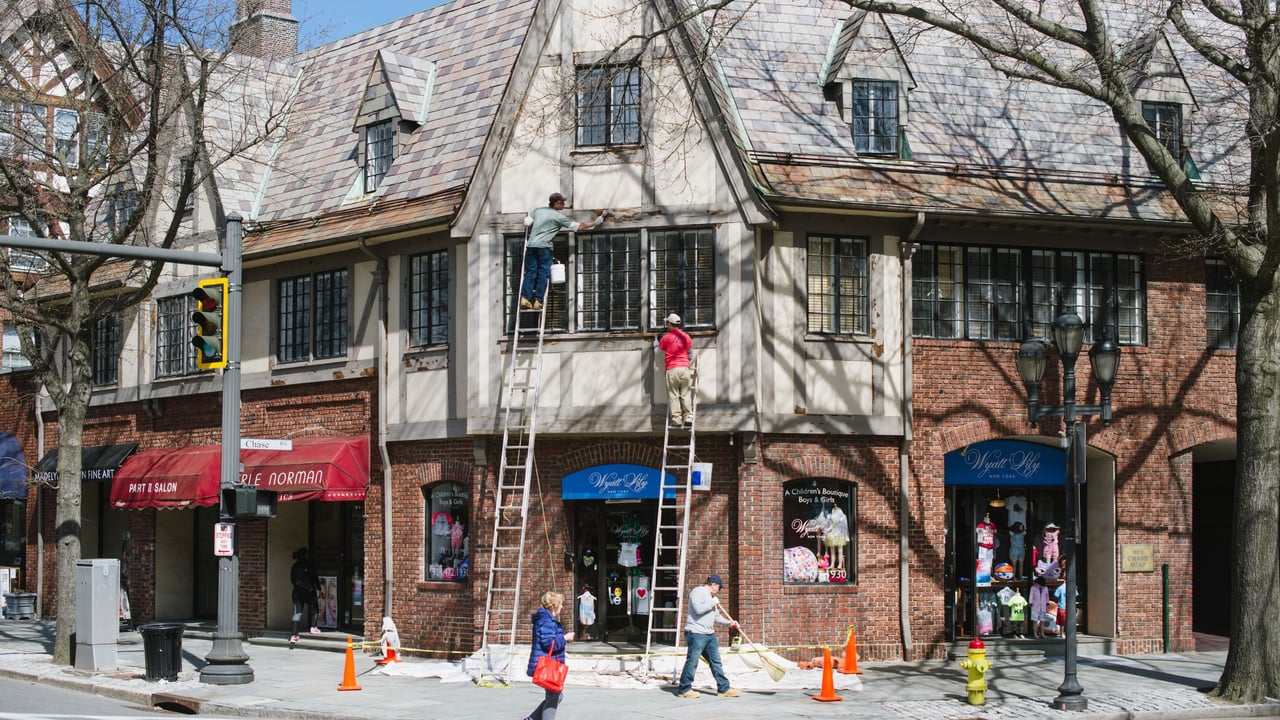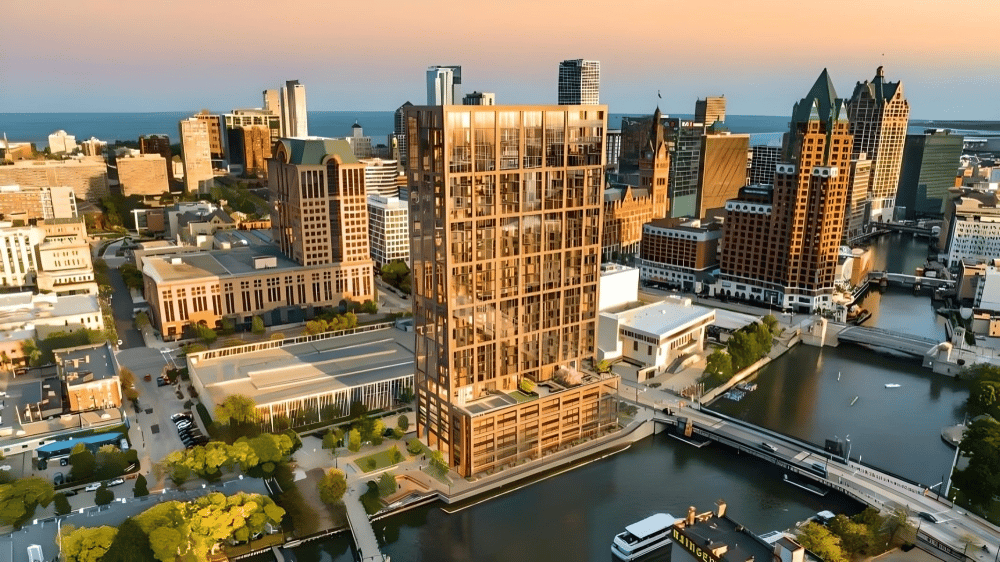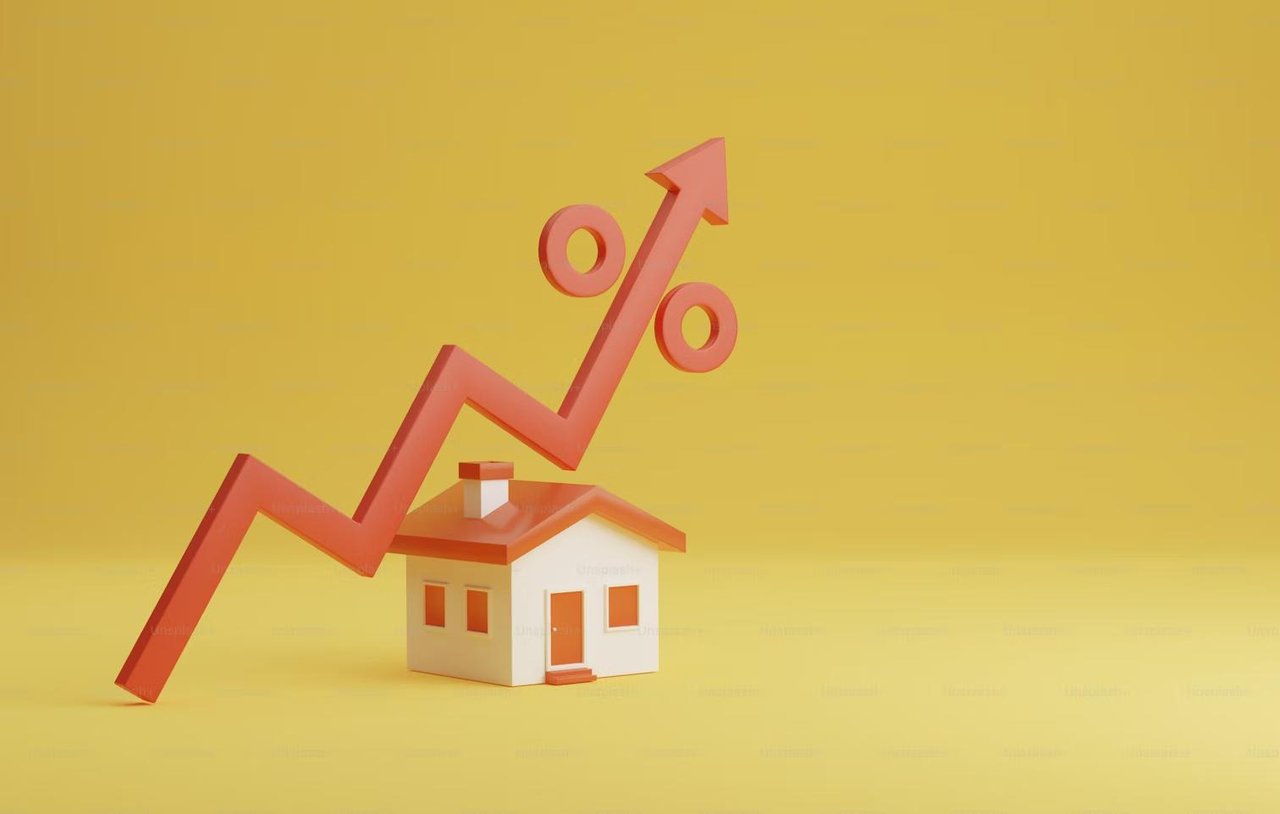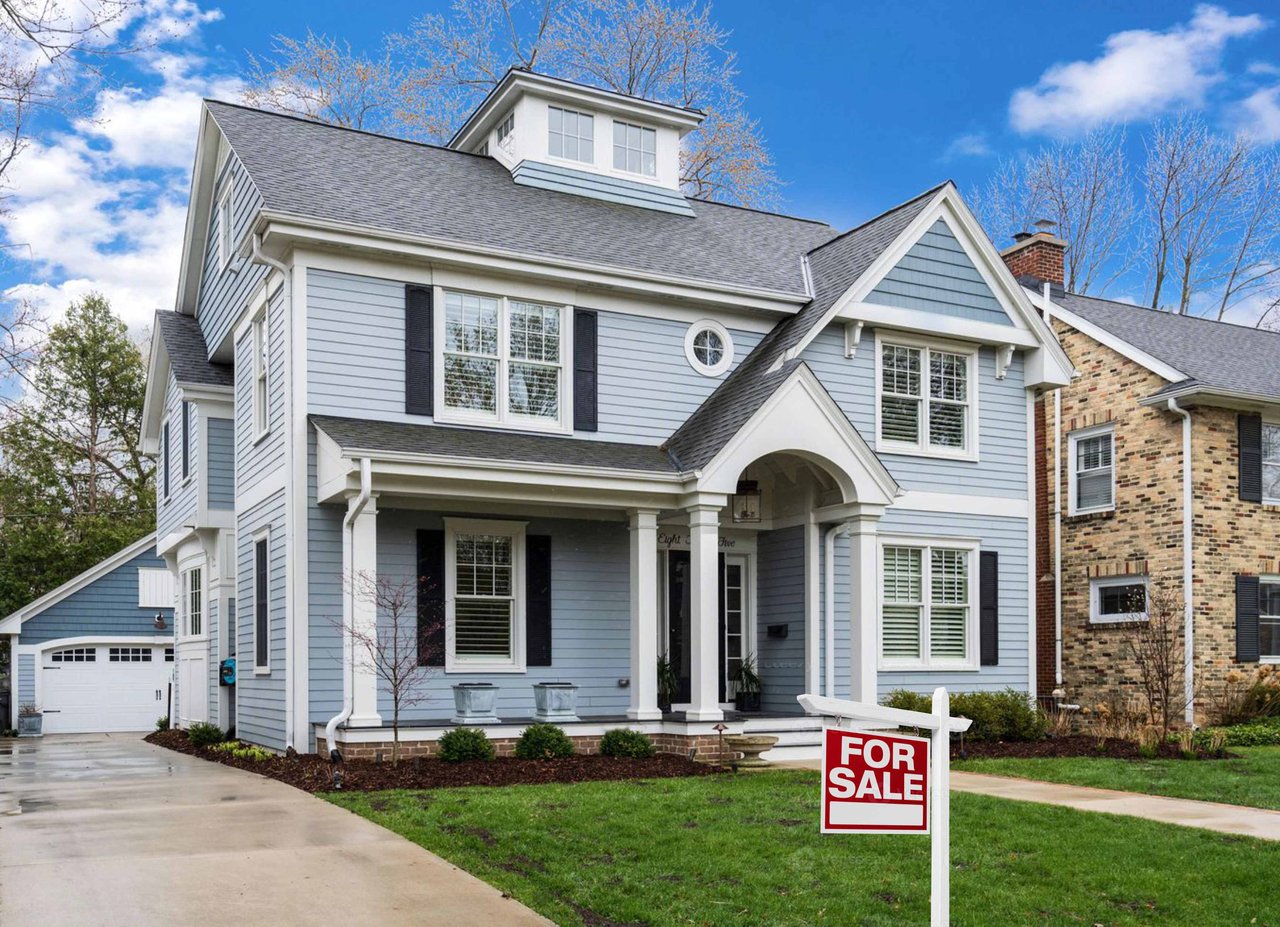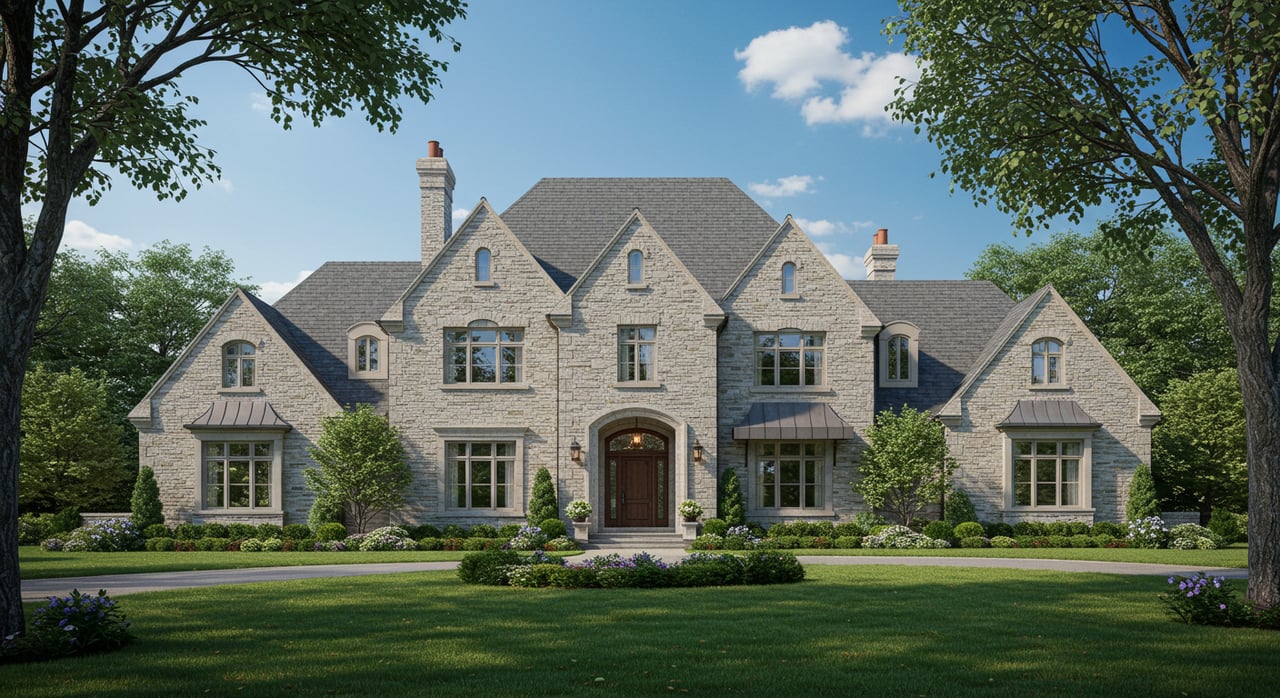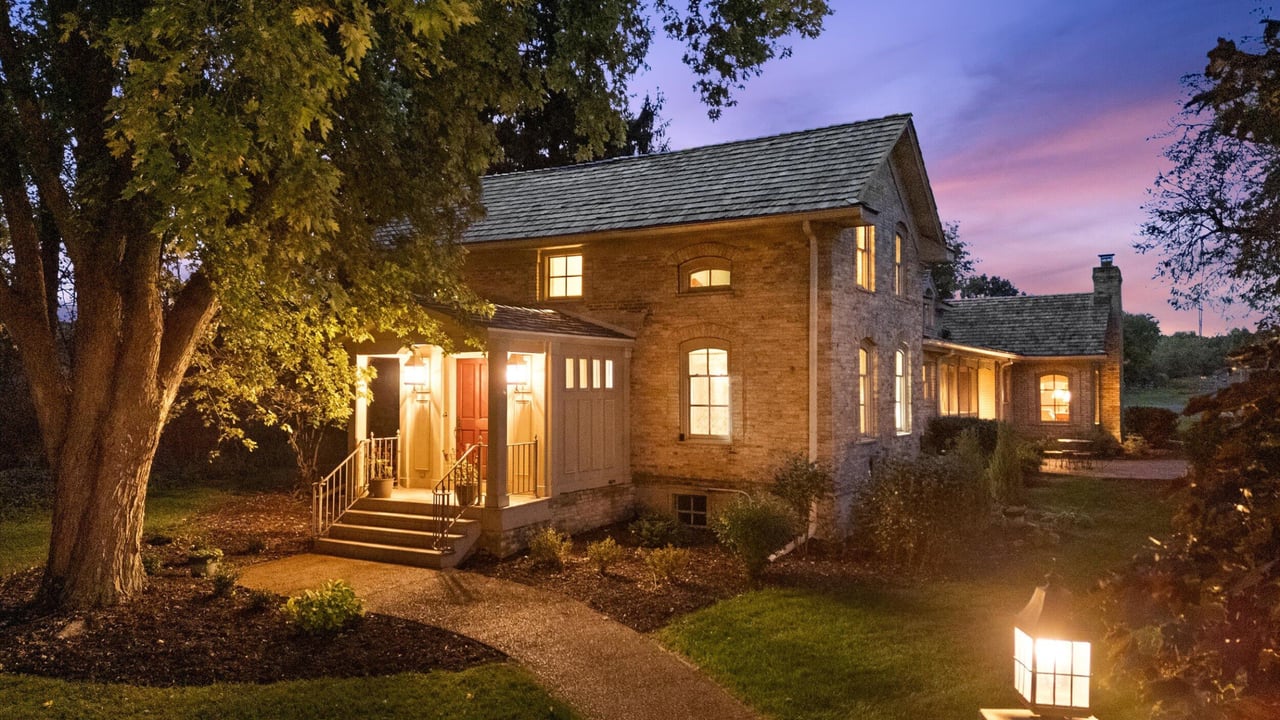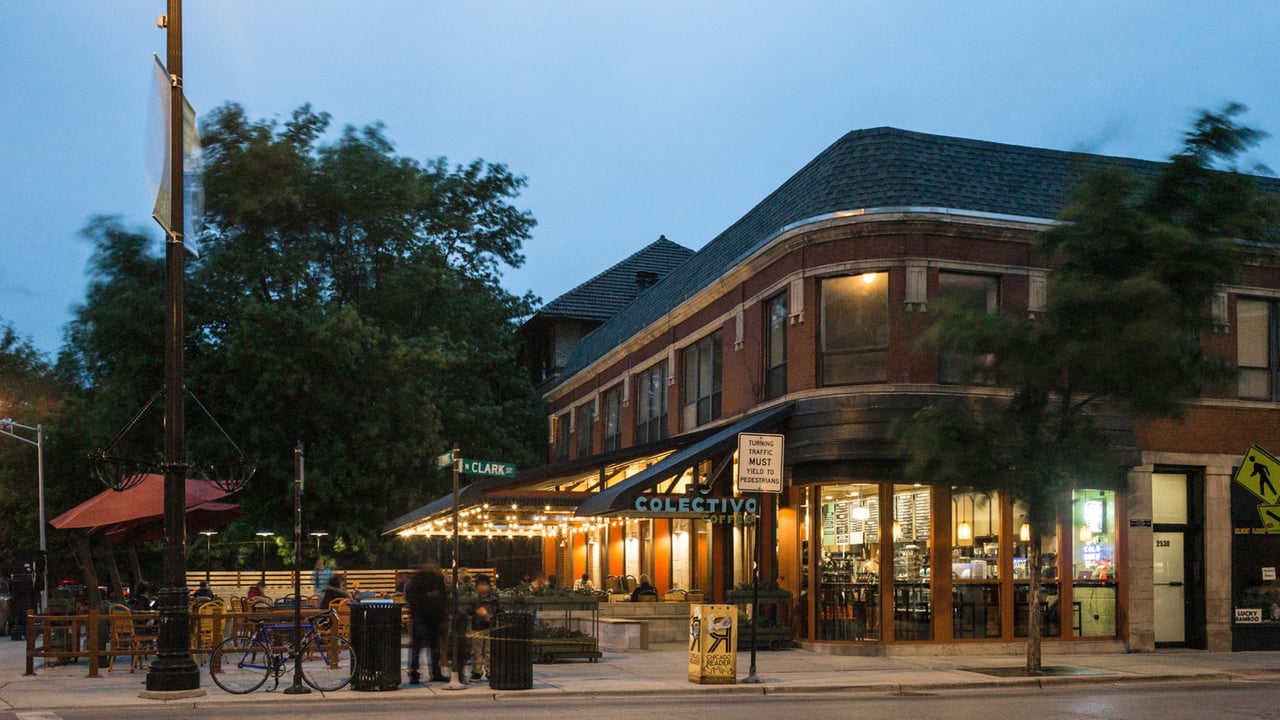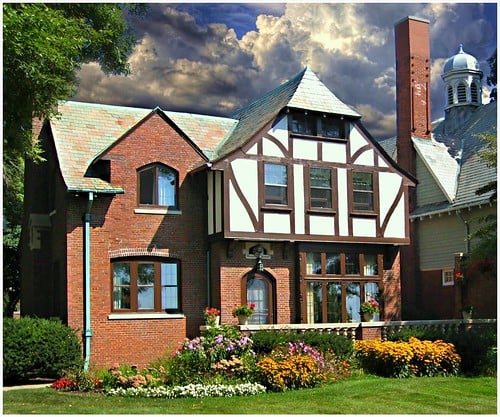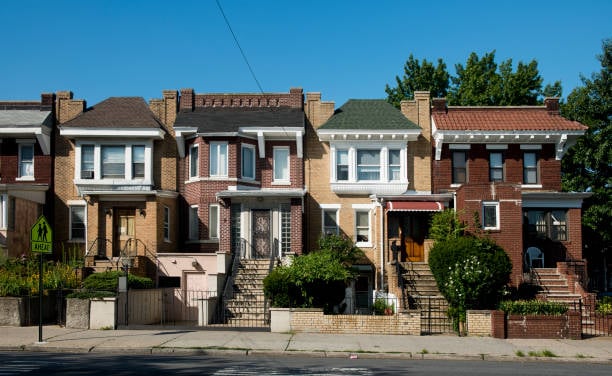Embarking on the exploration of homeownership intricacies, let's navigate the captivating interplay between national interest rates and the distinctive trends etched in Milwaukee's mortgage landscape. Picture this: a dance of economic forces, where the rhythm of macro-level financial policies converges with the local heartbeat of Milwaukee's real estate scene. In this blog, we unravel the story of how these fluctuations, akin to the ever-changing tides, sculpt the experiences of potential homebuyers and leave an indelible mark on the local housing market. So, come along on this journey as we decode the language of interest rates, unveiling their secrets and deciphering their impact on the vibrant tapestry of Milwaukee's mortgage trends.
Factors Leading to Fluctuations in Interest Rates
An interest rate essentially reflects the cost of borrowing money or, conversely, serves as compensation for the service and risk associated with lending. In both situations, it actively contributes to keeping the economy in motion by encouraging borrowing, lending, and spending. Given that interest rates are always in flux, and different loans carry distinct interest rates, it becomes crucial for individuals like yourself, whether in the role of a lender, borrower, or both, to grasp the underlying reasons behind these shifts and variations. Understanding these dynamics is key to making informed financial decisions.
Lenders take on the risk of borrowers not repaying loans, and interest serves as compensation for this risk. It also guards against inflation, preserving the original purchasing power of the money lent. Borrowers pay interest for immediate spending ability, such as taking out a mortgage for a home. Businesses borrow for future profits, using loans to invest in equipment or expand operations. Interest functions as both a cost and income, representing the opportunity cost of keeping money idle versus lending it. Overall, it balances the trade-off between immediate access to funds and the cost of borrowing.
An increase in available funds for borrowers expands the credit supply. When you deposit money in a bank, you're essentially lending to them. Depending on the account type, the bank can use these funds for various activities, including lending to other customers. The more banks can lend, the greater the credit supply, leading to lower borrowing costs (interest rates).
Conversely, if borrowers delay loan repayments, it reduces available credit. For example, postponing credit card payments not only increases future interest but also decreases overall credit in the market. This reduction in credit supply tends to push interest rates higher in the economy.
Milwaukee mortgage trends
In the heartbeat of Milwaukee, where the skyline meets the lakeshore, the pulse of mortgage trends resonates uniquely. It's not just about numbers on a graph; it's the narrative of dreams finding a home. Milwaukee mortgage trends tell a story of local aspirations and economic rhythms that intertwine like the city's diverse neighborhoods. As interest rates rise and fall, impacting the very fabric of homeownership, Milwaukeeans navigate this dynamic landscape with a blend of pragmatism and aspiration. Whether it's the historic charm of the East Side or the suburban tranquility of Brookfield, understanding these trends becomes more than just financial insight—it's a personal journey through the pages of home and community in Milwaukee.
How Interest Rates Affect Real Estate Investments
Real estate has traditionally been acknowledged as a reliable and lucrative investment. Nevertheless, the real estate sector is susceptible to changes in the overall economy, particularly with regard to interest rates. As highlighted in the MoRE 2.0 Conference, interest rates play a crucial role in influencing various aspects of the real estate market, including mortgage rates and property values.
Interest rates significantly impact homebuyer affordability. Higher rates result in increased mortgage payments, making it harder for buyers to qualify or afford desired homes. For instance, a 1% rate hike on a $300,000 home with a 20% down payment and a 30-year mortgage could translate to over $48,000 in additional payments over the loan term.
According to insights from a recent finance and real estate conference, rising interest rates may dampen demand for houses as some potential buyers opt to wait for rate decreases. Conversely, lower interest rates boost buyer confidence, increasing demand and driving up home prices.
The Real Estate Scene in Milwaukee
In April 2023, home sales in the Metropolitan Milwaukee area dropped by 26.6% compared to the previous year, following the "Pandemic Market" in 2022. Despite this, buyers with budgets exceeding $400,000 remain active, driven by attractive interest rates. However, challenges arise due to limited listings, causing a 3.5% increase in prices.
Milwaukee's housing market faces imbalances with a shortage of single-family homes and condos but an abundance of apartments. This poses challenges for those looking to downsize or move up, affecting young families seeking their first homes.
Limited property availability contributes to difficulties in finding suitable alternatives. Mortgage rates further deter homeowners from selling and relocating. Despite these challenges, there is optimism in the market forecast. Zillow data shows a 4.8% rise in the average home value in the Milwaukee area, reaching $310,042 as of April 30th, 2023, with projections indicating a 2.9% growth, making it a promising long-term investment.
Mortgage rate fluctuations
Mortgage rate fluctuations in Milwaukee mirror the ebb and flow of Lake Michigan's waves, creating a dynamic backdrop for homeownership. Much like the changing seasons in our vibrant city, these rates impact the rhythm of life in diverse neighborhoods, from the historic Third Ward to the family-oriented Bay View. Beyond being mere financial metrics, these fluctuations become the essence of our homeownership journey, influencing decisions on the quaint bungalows of Wauwatosa or the sleek condos in the heart of downtown.
As Milwaukeeans, we gracefully navigate this continuous tide, recognizing that each fluctuation carries the potential to shape a home uniquely ours within the rich tapestry of Milwaukee's real estate. The interplay between personal aspirations and economic currents weaves a story that goes beyond the numbers, making the journey of homeownership in Milwaukee both dynamic and deeply personal.
In the symphony of Milwaukee's real estate, where interest rates dance with local dreams, our journey through the nuances of mortgage trends unveils a vibrant narrative. Like a captivating tale, each fluctuation in rates becomes a chapter, shaping the unique stories of homeownership in neighborhoods like Bay View, the Third Ward, and beyond. As Milwaukeeans, we navigate this dynamic landscape, turning fluctuations into opportunities and transforming houses into homes.
So, here's to the ebb and flow, the rise and fall—may our homes continue to echo the harmonious spirit of Milwaukee's ever-evolving mortgage trends!













